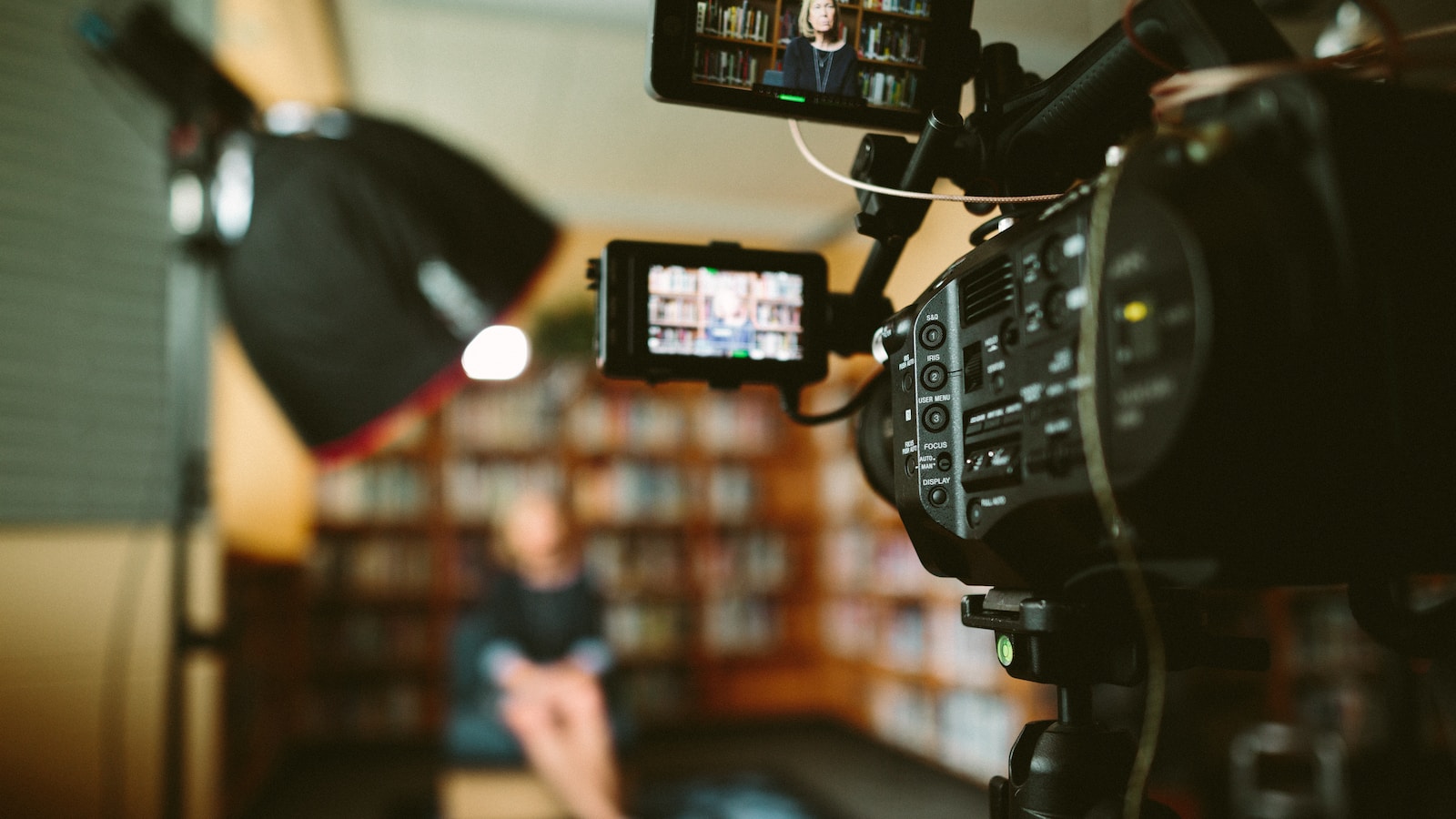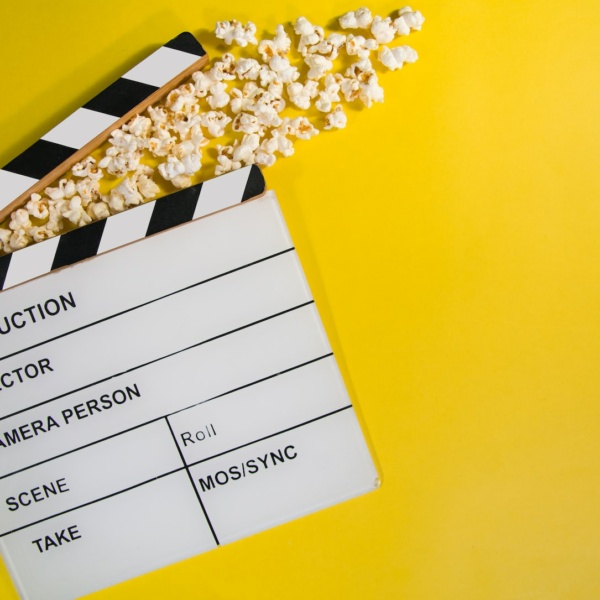
Hello, fellow TV aficionados! Emma here, your trusty cinematic tour guide, and today, we’re embarking on a thought-provoking journey through the realm of television production. Specifically, we’re shining a spotlight on diversity and inclusion—the vital ingredients that shape the stories we see on our screens. So, grab your popcorn, settle in, and let’s explore the complex tapestry of challenges and progress in making TV a more inclusive and representative medium, sprinkled with a dash of humor and real-world examples.
The Power of Representation
Television has the remarkable ability to shape our perceptions, challenge stereotypes, and offer a mirror to our diverse world. But achieving meaningful diversity and inclusion in TV production is no walk in the park.
Why Representation Matters
Representation matters because it validates the experiences and identities of underrepresented communities. It tells people, “You exist, and your stories are important.”
Example: “Pose,” created by Steven Canals, tells the stories of transgender individuals of color in the ballroom culture of the 1980s. The show has received critical acclaim for its authentic representation.
The Economic Imperative
Diverse audiences want to see themselves reflected on screen, and they wield significant purchasing power. Television networks and streaming platforms have recognized the financial benefits of catering to a diverse viewership.
Example: “Black Panther” became a cultural phenomenon and a box office hit, proving that diverse stories can have broad appeal.
The Challenges We Face
While progress is being made, the path to diversity and inclusion in TV production is riddled with challenges that must be overcome.
Lack of Opportunities
Historically, underrepresented groups, including people of color, LGBTQ+ individuals, and people with disabilities, have faced limited opportunities both in front of and behind the camera.
Example: The “Oscars So White” movement highlighted the lack of diversity in Hollywood, sparking a conversation about representation in the film and TV industries.
Stereotyping and Tokenism
When characters from underrepresented backgrounds do appear on screen, they often fall victim to harmful stereotypes or tokenism, where they are included simply to fulfill a diversity quota.
Example: The character Apu from “The Simpsons” has been criticized for perpetuating stereotypes about South Asian people.
Decision-Making Power
The lack of diversity in executive and creative roles can result in decisions that perpetuate biases and hinder progress.
Example: The controversy surrounding the lack of Latinx representation in Hollywood decision-making positions has led to calls for change.
The Winds of Change
Amid these challenges, the television industry has been making significant strides toward a more inclusive and representative future.
Intersectionality Matters
Acknowledging that individuals have multiple intersecting identities (e.g., race, gender, sexual orientation) is essential to crafting nuanced and authentic stories.
Example: “Brooklyn Nine-Nine” portrayed a queer Latinx character, Rosa Diaz, whose intersectional identity was integral to her character development.
Inclusive Storytelling
TV series are increasingly focusing on stories that revolve around underrepresented communities, bringing their experiences and struggles to the forefront.
Example: “One Day at a Time” tackled topics such as immigration, LGBTQ+ issues, and mental health while centering on a Cuban-American family.
Representation in Creative Roles
The industry is slowly opening doors for individuals from underrepresented backgrounds to take on creative roles, from showrunners to directors and writers.
Example: Shonda Rhimes, the creator of “Grey’s Anatomy” and “Scandal,” has been a trailblazer for Black women in executive roles in TV.
The Impact of Cultural Phenomena

Certain TV series and cultural phenomena have played pivotal roles in advancing diversity and inclusion.
“Pose” (2018-2021)
“Pose” not only featured a predominantly LGBTQ+ and transgender cast but also had LGBTQ+ talent in key creative positions, including Ryan Murphy as co-creator and Janet Mock as a writer and director.
Impact: “Pose” is lauded for breaking new ground in LGBTQ+ representation and showcasing the ballroom culture, which has been historically overlooked.
“Insecure” (2016-present)
Created by and starring Issa Rae, “Insecure” offers a refreshing and authentic portrayal of Black life, friendships, and relationships.
Impact: “Insecure” has sparked discussions about the importance of showcasing the diverse experiences of Black women.
“The Mandalorian” (2019-present)
“The Mandalorian” has been celebrated for its diverse cast and inclusion of characters with disabilities, like Rick Famuyiwa, who directed episodes despite being a wheelchair user.
Impact: The show has demonstrated that diversity can thrive in the realm of epic, blockbuster television.
Diversity in TV Production: Looking Ahead

As we look to the future, it’s clear that the momentum for diversity and inclusion in TV production is only growing.
Empowering Underrepresented Voices
Programs and initiatives aimed at empowering underrepresented voices in TV production are on the rise, offering mentorship, training, and opportunities.
Example: The Ryan Murphy Television Half Initiative offers emerging directors from underrepresented backgrounds the chance to direct on his shows.
Accountability and Transparency
Stakeholders in the TV industry are being held accountable for their diversity efforts. Audiences and advocacy groups are pushing for transparency in hiring and casting decisions.
Example: The #ChangeHollywood initiative calls for systemic change in Hollywood by demanding transparency and a commitment to inclusion.
Continued Advocacy
Advocacy groups, diversity advocates, and content creators continue to drive the conversation about representation and hold the industry accountable.
Example: Ava DuVernay’s ARRAY Alliance is dedicated to advancing film and television talent from underrepresented communities.
Conclusion: A More Inclusive Future
Diversity and inclusion in TV production are not mere buzzwords; they are fundamental principles that shape the stories we see on our screens. While challenges persist, progress is being made, and the winds of change are blowing strong.
So, the next time you tune in to your favorite TV series, take a moment to appreciate the diverse characters, stories, and voices that are finally finding their rightful place in the spotlight.
Stay tuned for more cinematic adventures, my fellow TV enthusiasts, and may your screens be filled with stories that reflect the beautiful tapestry of our diverse world!


